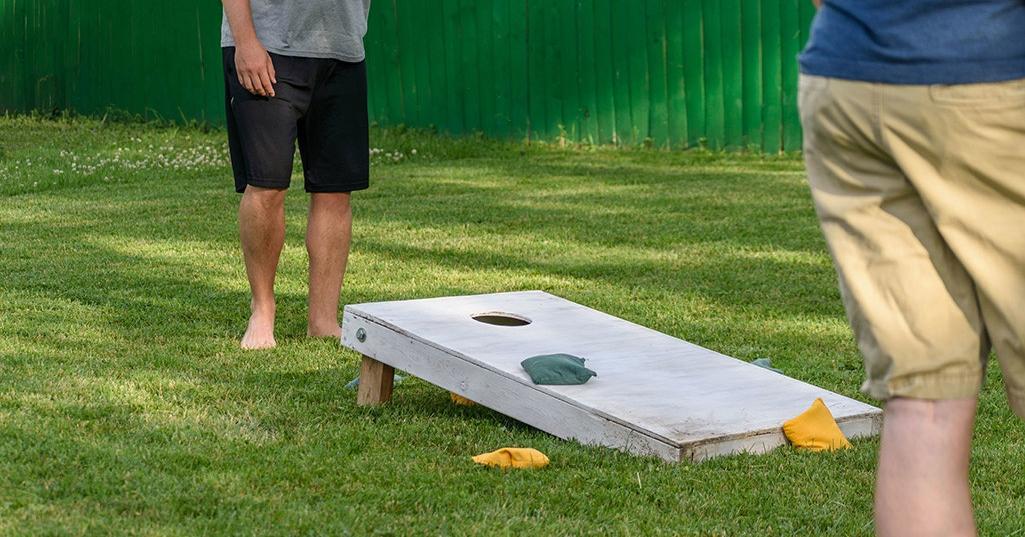Cornhole, a lawn game with roots dating back to the 1300s, has gained immense popularity in recent years. A staple at backyard barbecues, tailgate parties, and family gatherings, this simple yet thrilling lawn game captivates players of all ages.
That said, to elevate your game, whether you are a novice who enjoys the occasional backyard match or a professional gearing up for a major tournament, owning a suitable cornhole set significantly enhances your gameplay experience.
This guide will walk you through everything you must consider when purchasing a cornhole board.
Evaluating Cornhole Sizes
Cornhole boards come in two primary sizes – regulation size and tailgate size.
Regulation-size cornhole boards, measuring 4 feet long by 2 feet wide, are typically used by professionals and intermediate players for serious play, practice, and tournaments.
Tailgate-size boards, smaller than the regulation size at 3 feet long and 2 feet wide, are ideal for tailgating parties and casual play in your backyard. Some brands offer junior-size boards with dimensions around 2 feet by 1 foot, perfect for introducing your kids to cornhole.
Selecting the Right Material
Plywood is the preferred material for the playing surface, per the ACA. It minimizes the bounce when you toss the bag, enhancing the accuracy of your throw. However, well-crafted wooden cornhole boards tend to be more expensive and heavier, offering less portability.
You could consider PVC boards if you want lighter, less costly boards for casual play. However, keep in mind that you might experience a lot of bounce with this material and it may affect your accuracy.
Assessing the Cornhole Bags
Most cornhole boards come complete with cornhole bags. However, the type of filling used in the bag filling is an essential consideration when buying a cornhole set.
While many manufacturers now use plastic resin filling due to its weather proof nature and longevity, there are players who are more inclined towards corn filling. Corn filling breaks down over time, producing dust, which makes the bags slide more easily on the board.
However, corn filling is likely to rot over time and generate mildew or mold. It can also attract critters, potentially leading to chewed-up bags. Therefore, it is crucial to consider the pros and cons before deciding.
Choosing a Cornhole Board Design
For professional cornhole tournaments, white-painted boards are the norm since the judges and the audience can see them more clearly. However, for casual play and practice, you can select a cornhole board in any design you prefer.
While plain boards are cheaper, you can find uniquely designed boards with prints such as the state or American flag.
Some players like to customize their boards with skins and decals featuring logos, team names, their initials, etc. If aesthetics matter to you, try and find manufacturers that offer paint jobs or custom decals.
To Sum It Up
On a perfect summer day, nothing beats the thrilling excitement of a competitive round of cornhole! But to elevate your game from casual to competitive, you need the right gear.
That said, the ideal cornhole set will vary for every player. What works best for a novice may not exactly fit the needs of someone more experienced. Therefore, the most critical rule is to factor in your style and skill before choosing a board.
Armed with the abovementioned knowledge, you can block, airmail, and slide your way straight to a cornhole victory.
Let the games begin!
